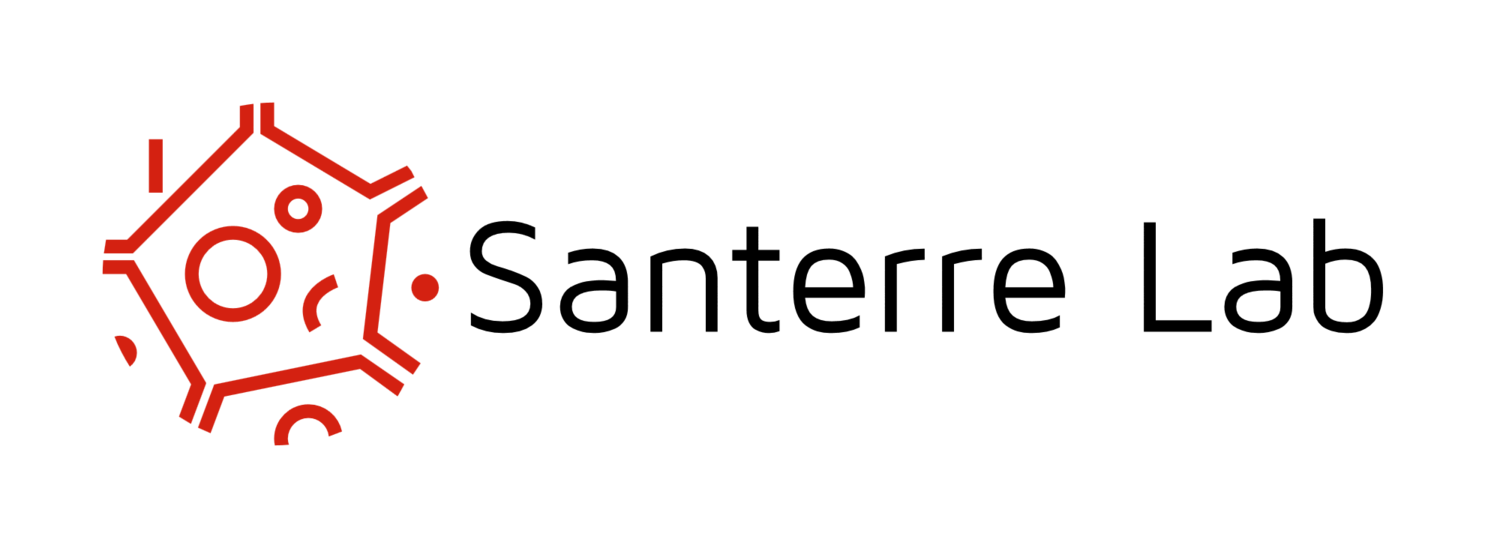Congratulations to Brian Webb on his first publication out of the Santerre lab! The manuscript entitled “The Structure and Function of Next-Generation Gingival Graft Substitutes—A Perspective on Multilayer Electrospun Constructs with Consideration of Vascularization” has been published in the International Journal of Molecular Sciences in the Special Issue “Periodontal Tissue Regeneration”. The review provides a perspective on future work in the field of regenerating and engineering gingival tissue. Specifically, electrospun composite materials are discussed and compared to commercially used materials, with a focus on vascularization, and multilayered constructs. The importance of potential material substitutes having physiologically relevant mechanical and degradation characteristics are discussed. Further, the review offers promising cell options that are discussed in the context of autologous gingival tissue engineering. Emphasis is made on the current limitations and future directions of the gingival tissue engineering field.
Endothelial cells are the fundamental building blocks for blood vessels - such as those needed for a gingival graft - but the identification of a clinically practical source has challenged the field. A series of articles led by Jeremy Antonyshyn has recently been published to help pave the way for engineering blood vessels from fat. This work shows that adipose tissue is a rich source of endothelial cells and perivascular cells for vascular tissue engineering, but not stem cells nor progenitor cells with inherent plasticity for the endothelial lineage. A method was developed to isolate human adipose tissue-derived microvascular endothelial cells in large quantities with high purity, and a step-by-step standard operating procedure for their acquisition was delineated to facilitate the adoption of these cells by the field. This work - summarized by the Ted Roger’s Centre for Heart Research and Engineering Dimensions - may ultimately help the clinical translation of engineered tissues by enabling the construction of vasculature in an autologous, patient-specific manner.

